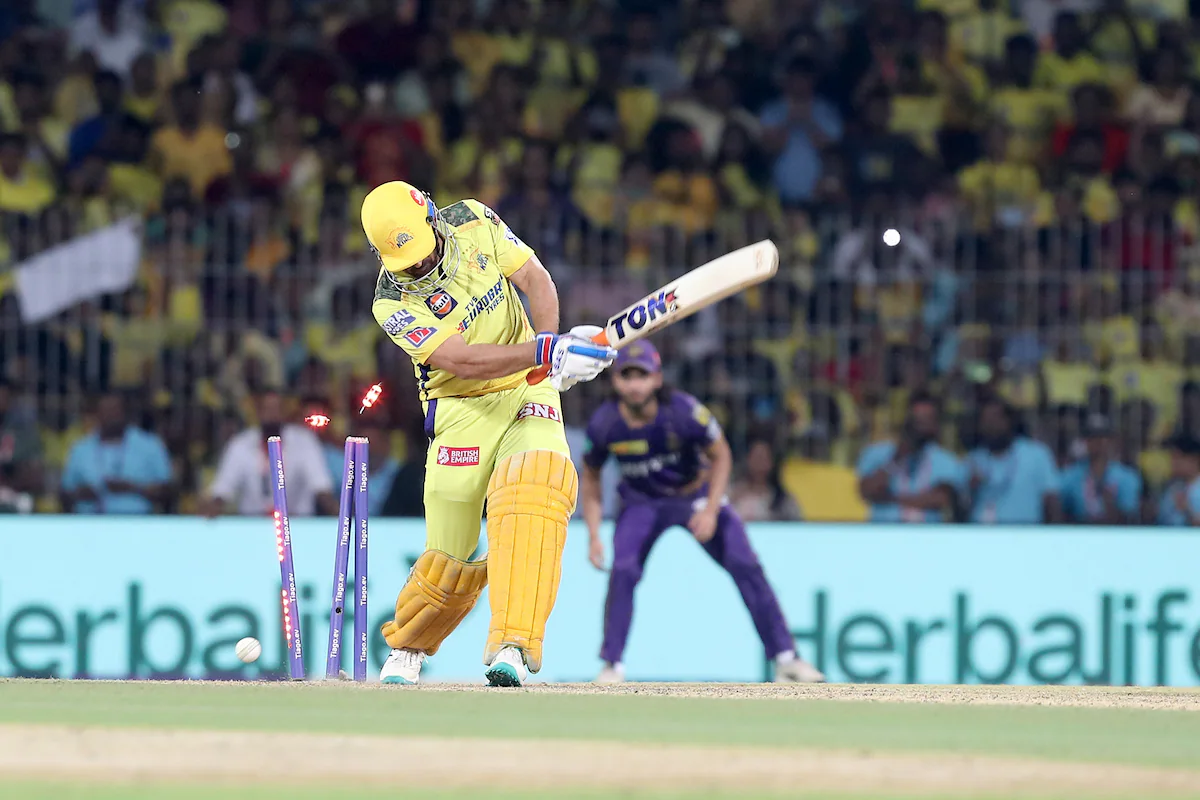How Many Outs in Cricket? Everything You Need to Know

Cricket is a game of precision, timing, and smart decisions. But one of the most asked questions by beginners is, “How many outs in cricket are there?” The answer isn’t just a number—it’s a gateway to understanding the entire structure of the game.
Whether you’re a new fan, a casual viewer, or a budding player, knowing how outs in cricket work will instantly improve your grasp of the sport. In this post, we’ll explain how many outs are in cricket, how they’re counted, and how each one affects the game.
What Is an “Out” in Cricket?
In cricket, when a batter is dismissed, it’s called an “out” or “wicket.” Each team gets a limited number of outs per innings. The goal for the bowling team is to take 10 wickets to end the batting team’s innings.
How Many Outs Are Allowed Per Innings?
Each team has 11 players, but only 10 outs are allowed per innings. Once 10 batters are out, there’s no one left to partner with the last batter, so the innings ends.
Quick Summary:
-
Players in a team: 11
-
Number of outs allowed: 10
-
Batter remaining not out: 1 (since you need two to bat)
How Many Outs in Cricket Matches?
Let’s break it down by match format:
Test Matches
-
Played over 5 days
-
2 innings per team
-
Total possible outs: 40 (10 wickets × 4 innings)
One Day Internationals (ODIs)
-
50 overs per side
-
1 innings per team
-
Total possible outs: 20
T20 Matches
-
20 overs per side
-
Fast-paced and short
-
Total possible outs: 20
Even though formats change, the number of outs per innings remains the same: 10 wickets per team.
How Are Outs Counted?
Every time a batter is dismissed:
-
The batting team loses 1 wicket.
-
The fielding team celebrates 1 out.
-
The scoreboard updates with “W” or “wicket count.”
Example:
If the scoreboard reads 86/3, it means the team has scored 86 runs and lost 3 outs (or 3 wickets).
Why Only 10 Outs in Cricket?
It’s simple: you need two batters on the field to run and score. Once 10 players are out, there’s only one batter left, and he can’t continue alone. That’s why the innings ends.
Types of Outs That Count Toward the 10
Let’s list them for clarity. All the following types of dismissals count as “outs”:
-
Bowled
-
Caught
-
LBW (Leg Before Wicket)
-
Run Out
-
Stumped
-
Hit Wicket
-
Obstructing the Field
-
Timed Out
-
Retired Out
-
Hit the Ball Twice
Each one reduces the number of wickets remaining for the batting side.
What Happens After 10 Outs?
When a team loses all 10 wickets:
-
Their innings ends.
-
The other team gets a chance to bat (in limited-overs).
-
In Test cricket, either the next innings starts, or the match ends based on the situation.
Common Misunderstandings
Let’s clear up a few things beginners often get wrong:
1. Can a batter continue after being out?
No. Once you’re out, you’re done for that innings.
2. Can 11 players be out?
Only 10. The 11th batter is “not out” but can’t bat alone.
3. Is “retired hurt” an out?
No, it’s not an official dismissal and doesn’t count as a wicket lost.
4. Does a run out count in the 10 dismissals?
Yes. All standard dismissals count toward the 10.
What Makes Outs So Crucial?
Every out shifts momentum. A team losing quick wickets is under pressure, while the fielding side gets pumped up. That’s why captains, bowlers, and fielders work so hard to break partnerships.
Some of the most iconic moments in cricket are tied to legendary dismissals—think of the bails flying off or a stunning catch at the boundary.
Key Stats That Make Outs Important
-
In the IPL, the average team loses 6–7 wickets per match.
-
In ODIs, 75% of teams that lose all 10 wickets score under 250 runs.
-
Teams with fewer dismissals tend to win more often.
Quick Recap: How Many Outs in Cricket?
| Match Format | Outs per Team | Total Possible Outs |
|---|---|---|
| Test Match | 10 (×2 innings) | 40 outs max |
| ODI | 10 | 20 outs max |
| T20 | 10 | 20 outs max |
Related FAQs
What are outs in cricket?
Outs (also called wickets) are when a batter is dismissed by the fielding team.
How many outs are allowed per team?
Each team can lose up to 10 outs (wickets) per innings.
Why only 10 outs in cricket, not 11?
Because you need two batters to continue. Once 10 are out, one is left, and can’t bat alone.
Who decides if a batter is out?
The on-field umpire makes the call, often with help from technology (DRS).
Will a run out be counted among the 10 outs?
Yes, any form of dismissal—run out, bowled, caught—counts.
How many outs in cricket per side in T20?
10 per team, just like other formats.
Final Words
Knowing how many outs in cricket helps you understand the structure of the game, team strategies, and how matches unfold. Whether you’re watching a T20 thriller or a classic Test match, those 10 outs define the game’s turning points.
So next time someone asks you how many dismissals are allowed in cricket, you’ll not only know the answer—you’ll also understand why it matters.





